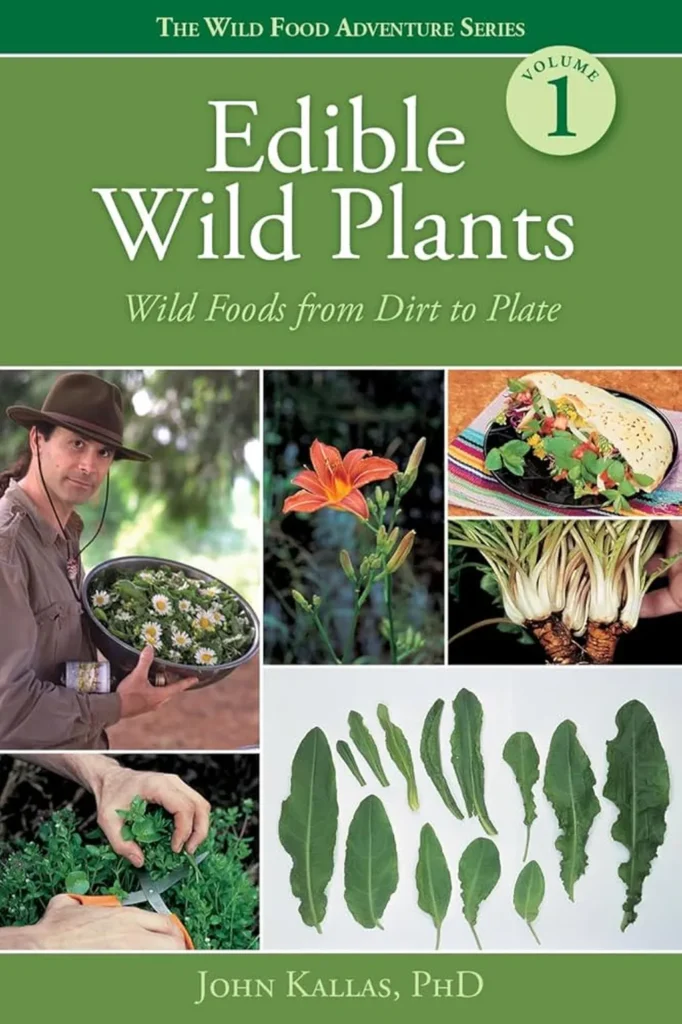In a world grappling with the dual challenges of food security and environmental sustainability, a recent study published in *Frontiers in Sustainable Food Systems* shines a spotlight on an often-overlooked resource: wild edible plants (WEPs). These plants, long integral to indigenous diets, are now gaining recognition for their potential to enhance dietary diversity, improve nutrition, and reduce the carbon footprint of our food systems. The research, led by B. Mohan Kumar of the College of Forestry at Kerala Agricultural University, underscores the need for sustainable integration of WEPs into modern food systems, offering a promising avenue for innovation in the agriculture sector.
Wild edible plants are not just a fallback during food shortages; they are a treasure trove of nutrients and bioactive compounds. “These plants are rich in vitamins, minerals, and ethnomedicines, making them a valuable addition to diets, especially for nutritionally disadvantaged groups,” explains Kumar. Their high biodiversity, local accessibility, and low input needs make them an ecologically sound alternative to intensive farming. By incorporating WEPs into local food systems, we can foster more resilient and sustainable agricultural practices, reducing the environmental impact of food production.
However, the path to integrating WEPs into mainstream agriculture is not without its challenges. Unsustainable harvesting and overexploitation, particularly in tropical regions, have led to the depletion of these ecologically niche resources. The study highlights the urgent need for conservation efforts to protect these plants and their habitats. “We must prioritize sustainable harvesting practices and invest in the domestication and valorization of these plants to ensure their long-term viability,” Kumar emphasizes.
The research also points to a growing global interest in WEP research, with India and China leading the way. Significant developments are also underway in the USA, Europe, and Africa, spanning fields such as food science, plant sciences, sustainable agriculture, and phytochemistry. This interdisciplinary approach is crucial for unlocking the full potential of WEPs and integrating them into modern food systems.
For the agriculture sector, the implications are profound. The commercial potential of WEPs is vast, from the development of new food products to the exploration of their nutraceutical properties. Farmers and agribusinesses can diversify their offerings by incorporating WEPs into their portfolios, tapping into a growing market for sustainable and nutritious food options. Additionally, the focus on sustainable harvesting and conservation can open up new opportunities for eco-tourism and community-based conservation initiatives, further bolstering local economies.
As we look to the future, the integration of WEPs into our food systems represents a significant step toward achieving the United Nations’ Sustainable Development Goals, particularly those related to zero hunger, good health and well-being, and responsible consumption and production. By embracing the potential of wild edible plants, we can create a more sustainable and resilient food future, one that benefits both people and the planet. The research led by Kumar and his team serves as a timely reminder of the value of these often-overlooked resources and the urgent need to protect and harness their potential for the benefit of all.

